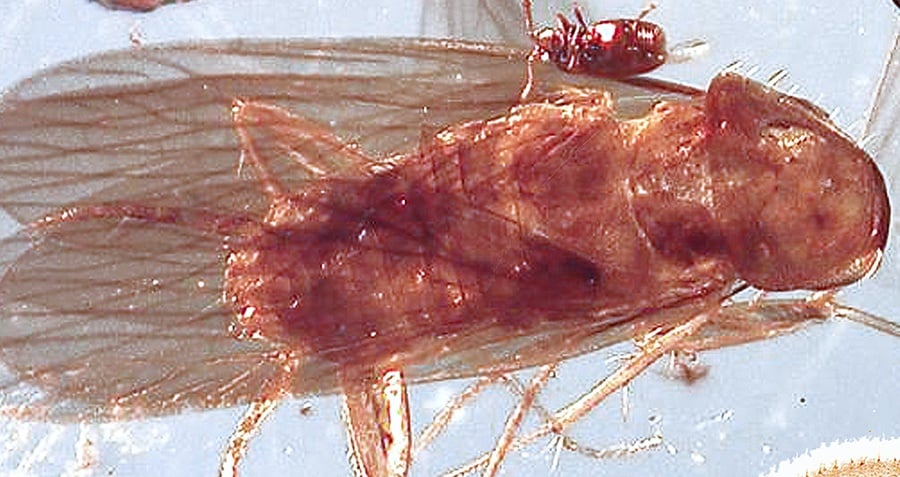Secrets Frozen in Time: Two Mysterious Ancient Cockroach Species Unearthed in Myanmar Amber Cave
“Cave environments are well suited for fossilization of bones and coprolites [or fossilized feces] and the fossil record of cave mammals includes rodents, ungulates, marsupials, ursids, felids, hyaenids, canids, primates and humans,” the study explained.

Lenka Podstrelená, Sendi et al. Gondwana Res 2020 (Copyright Elsevier 2020)The research team used microscopic photography on the ancient specimen to reveal physical traits identical to those of modern cockroaches.
Most importantly, the findings contradict previously held beliefs that cave-dwelling cockroaches first came into existence in the Cenozoic era, 65 million years ago.
Though some experts have suspected this wasn’t the case, this marks the first tangible evidence their suspicions were warranted.
The research team — consisting of experts from Slovakia, Russia, China, and Thailand — is confident the cockroaches descended from a common ancestor before the supercontinent of Gondwana drifted apart.
As it stands, the quest to confirm whether or not they have any modern relatives has begun. It’s unclear if the theory of how they were embedded in amber is accurate, but one thing is clear: jokes about cockroaches surviving an apocalypse just might be truer than we realized.
After learning about the two new species of ancient cockroach discovered trapped in amber in a Myanmar cave, read about the family of cockroaches found living inside of a man’s ear. Then, learn about the four new species of “walking sharks” discovered between Indonesia and Australia.














Post Comment